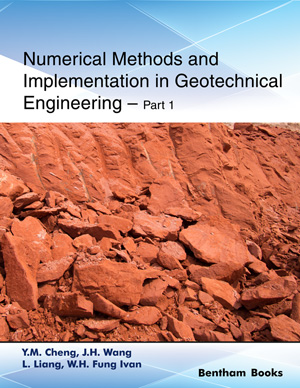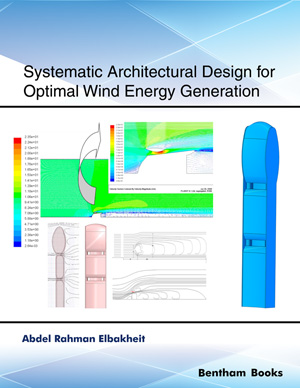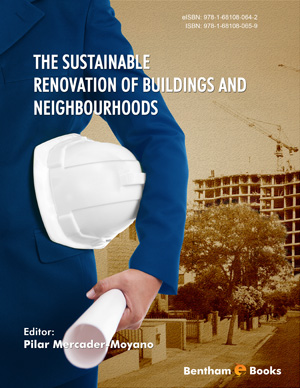Abstract
Providing cyto and, biocompatible, biodegradable, permissive, elastic and, three-dimensional extra-cellular microenvironment with bio-mimicking capabilities is a daunting challenge in contemporary tissue bioengineering. The ability to guide cell differentiation and proliferation with adequate adaption to the desired functional tissue or, organ forming with positive affinity for extracellular support in regeneration and, enough spatio-temporal feasibility for newly constructs and advancing cell mass are amongst the most desirables towards producing functional bioconstructs in the modern tissue bio-engineering realm. The scaffold providing extracellular microenvironment with its desired porosity and surface properties is the main driving force that primarily influences the cell bio-engineering outcomes. The physical factors at the localized cellular microenvironment, individual cell’s shape with the overall cellular-mass geometry at its generation and, propagation stages, biomatrix’s response(s) and interfacial interactions feasibilities between the biomass and the extracellular matrixsupport platform along with the molecular recognition capabilities on both sides with the involved and, mutually related bio-mechanics as well as intra-entities environmental forces of physico-mechanical nature and, the surface specifications of the matrixsupport, be it the nano or micro-topographical features of the extracellular supportmatrix or, the force(s) responsible for interplay among various factors causing cellular and sub-cellular level contractions are very important and crucial deciding factors in preparative-designs and outcomes of the tissue bioengineering matrix support platform. The external resisting factors originating from the support matrix constituting the extracellular microenvironment with potent growth-factors mediated signaling as well as presence of nutrients, biochemicals, gases and their diffusions have, at all times, impacted very strong influences on regulating the overall cell-fate in the extracellular microenvironment towards generating the desired biomass. Various matrix-support or the scaffolds for encompassing the extracellular microenvironment have been developed. These materials are far from perfect or practical enough for various characteristically defined outcomes, hence fewer types of scaffold materials fit for majority of functional characteristics. Several bioengineering tools and, nano and micro-scale specifications laden entities, materials and, devices of biomaterial and synthetic origins are being employed successfully to develop scaffold and its materials to fulfill the essentials in tissue bioengineering domain towards producing various bioconstructs and tissue types by providing desired scaffold. The employed, natural or synthetic, molecular devices, materials and chemical entities, mostly polymeric in nature, with proven intrinsic properties and extrinsic physical factors significantly playout in practical tissue-engineering situations recapitulate the critical biochemical and biophysical aspects of the developing cell types in the generated extracellular microenvironment for desired tissue bioengineering constructs outcomes through the environment of the scaffold. Some of these materials, entities and devices in-use now include bio-compatible polymeric hydrogels, single and, composite synthetic and natural polymeric materials in random or, designated/patterned formations or, in layered/arrayed scaffoldings, the nanofibers, semi and fully-lithographed polymeric material devices, proteins, polypeptides, antibiotic-based hydrogels as well as scaffolds produced through a variety of techniques including photo-reactivity with their inherent specifications for producing the intended scaffold are worth mentioning.
Keywords: Extracellular Microenvironment, Biomaterials, Biopolymers, Synthetic Polymers, Homo & Hetero-Polymers, 3D-Scaffold, Functional Tissue Bioengineering, Collagen, Chondroitin Sulfate, PEG, Hydrogels, Nanofiber, Electrospinning.




















